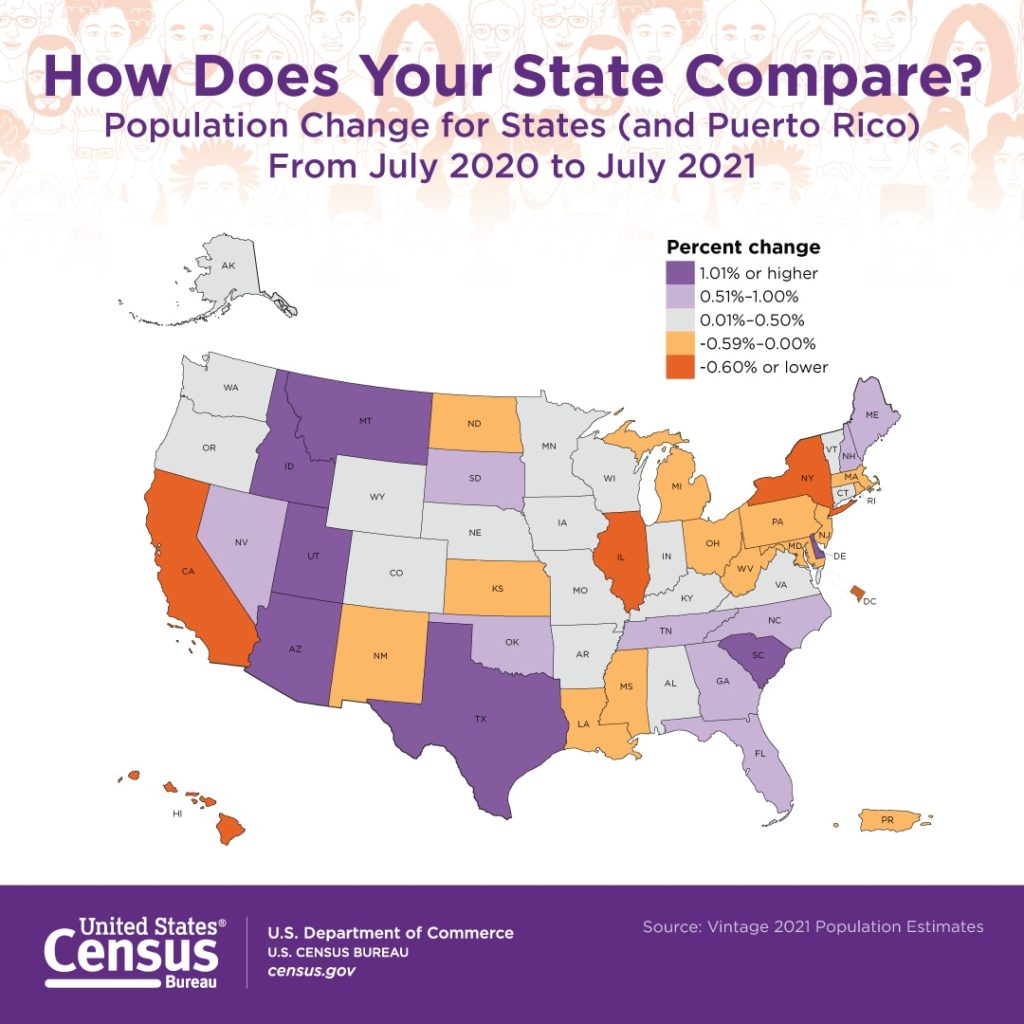Weekend Update

Both Houses of Congress will be engaged in Committee business and floor voting this week as we are now less than one month away from the expiration of the current continuing resolution funding the federal government. That resolution runs through February 18.
From the Omnicron front, the New York Times reports that ‘
New coronavirus cases have started to fall nationally, signaling that the Omicron-fueled spike that has infected tens of millions of Americans, packed hospitals and shattered records has finally begun to relent.
More and more states have passed a peak in new cases in recent days, as glimmers of progress have spread from a handful of eastern cities to much of the country. Through Friday, the country was averaging about 720,000 new cases a day, down from about 807,000 last week. New coronavirus hospital admissions have leveled off.
Even as hopeful data points emerge, the threat has by no means passed. The United States continues to identify far more infections a day than in any prior surge, and some states in the West, South and Great Plains are still seeing sharp increases. Many hospitals are full. And deaths continue to mount, with more than 2,100 announced most days.
But following a month of extraordinary rates of case growth, blocklong lines at testing centers and military deployments to bolster understaffed I.C.U.s, the declining new-case tallies offered a sense of relief to virus-weary Americans, especially in the Northeast and parts of the Upper Midwest, where the trends were most encouraging. After another round of masking up or hunkering down, some were considering what life might look like if conditions continued to improve.
Bloomberg adds
The omicron variant spreads so rapidly that sometimes it feels as if resistance is futile. It’s disheartening to hear of omicron infecting people who are up-to-date on their shots and wear an N95 mask every time they leave home. Even some well-known public-health experts are getting infected. But that doesn’t mean everyone is going to get it.
What it does mean is that life is profoundly unfair. In some of us, the Covid-19 vaccines work quite robustly, even against omicron. In others, the vaccines’ effect is weaker. Chalk this up to the spectacular diversity of the human immune system, which is partly regulated by some of the most varied genes in the human body.
A recent study led by Harvard and MIT showed that about 20% of people get much poorer protection from their vaccines against omicron. They’re still better off than completely unvaccinated people, but this variability could account for some of the fully vaccinated people who’ve been hospitalized in the omicron wave.
According to the American Medical Association (AMA), here’s what physicians want their patients to know about Omicron. “The AMA has developed frequently-asked-questions documents on COVID-19 vaccination covering safety, allocation and distribution, administration and more. There are two FAQs, one designed to answer patients’ questions (PDF), and another to address physicians’ COVID-19 vaccine questions (PDF).”
From the Rx coverage front, the New York Times offers an interview with CVS Health’s CEO Karen Lynch. For example,
What do you see as the most effective ways that we could reduce health care costs for everyday Americans? And what’s your company’s role in doing that?
There’s a couple of things. One is there’s the site of care. Our role is offering an alternative site of care, either in our retail locations, or in the home with virtual connections. We’re entering into the primary care space because we believe that primary care has real significant influence over the cost of health care.
And I’m pretty passionate about the fact that the head is attached to the body, and most people experience behavioral health issues when they are experiencing physical health issues. We only deal with the physical health. We don’t deal with the behavioral health part, and I think there’s more we can do.
Healthcare Dive provides us with industry perspective on last week’s launch of TEFCA which is intended to vastly improve interoperability by linking together regional health information exchanges.
The goal of TEFCA is to get rid of individual legal agreements between health information networks, health plans, providers and other entities by instituting one common agreement that qualified networks and their participants sign onto, paring back on administrative burden. The framework standardizes the operational side of data exchange, while raising the privacy and security bar for entities that want to be certified as qualified health information networks (QHINs), groups of organizations that agree to the same data-sharing infrastructure. * * *
Getting a nationwide network of groups of organizations that agree to the same data-sharing infrastructure could significantly streamline patient care across different geographies.
For example, if a patient from Virginia takes a vacation to California and ends up in an emergency room, doctors currently do the best they can to treat them without their medical record, which can contain valuable information about preexisting conditions, allergies and other health factors. But with a nationwide QHIN infrastructure, clinicians can query all participating networks for that patient’s data and use it to inform their clinical choices, Barrett said.
That budding future all centers on buy-in. * * *
Many, including ONC, are optimistic on TEFCA adoption, citing the competitive disadvantages to nonparticipation.
The hope is that the more networks use it, the more its value proposition will be proved. Patients will inquire why their provider doesn’t have their data from other facilities, and the provider will then wonder why the exchanges it’s a participant in aren’t qualified to work with other networks, Lee Barrett, CEO of EHR standards development organization EHNAC said.











